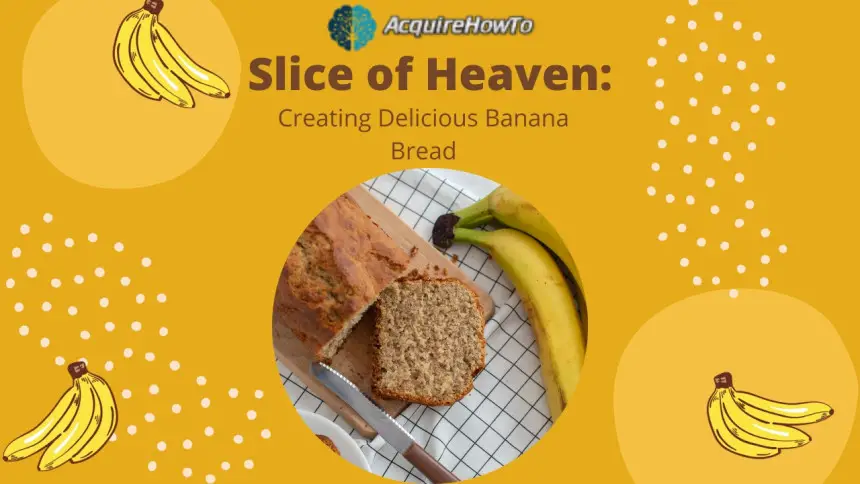
A Comprehensive Summary of 'Atomic Habits' by James Clear"
Explore the transformative power of small habits with our detailed summary of 'Atomic Habits' by James Clear. Discover actionable insights to reshape your habits, boost productivity, and create lasting positive changes in your life. Uncover the science-backed strategies to achieve remarkable results through the art of consistent, incremental improvements.
The best-selling self-help book "Atomic Habits" by James Clear is about the power of small habits and how they add up to make a person grow and be successful. Clear gives a practical framework for understanding how habits work, how they can be formed, and how they can be changed to make good changes in different parts of life.
Summary:
The book starts by talking about the idea of "atomic habits," which are small changes that, when added together over time, lead to big changes. The author says focusing on processes instead of goals is the key to lasting changes. He says that a person's habits are a big part of who they are and that if you want to make changes that last, you need to change your habits to match your new identity.
Clearly shows the four steps that go into making a habit: the cue, the craving, the reaction, and the reward. He talks about how habits are made up of a cycle of cues that cause cravings, which then lead to specific responses and, finally, rewards. By knowing how this cycle works, people can change their habits by changing these stages.
The "Habit Loop" is a simple model for making habits that the author presents. He talks about how important it is to make cues clear, cravings appealing, reactions easy, and rewards worthwhile. The author also talks about "habit stacking," which means adding new habits to ones you already have to make a chain reaction.
A big part of the book is about "habit tracking." it stresses the importance of keeping track of habits to monitor progress and holding yourself responsible. He talks about the "Seinfeld Strategy," in which people mark a calendar daily when they make a good habit. The goal is to keep a steady streak, which can be inspiring.
Clear talks about the "Two-Minute Rule," which says that habits should be broken down into small jobs that can be done in two minutes or less. This helps overcome the initial reluctance and makes habits easier to do, making it more likely that you'll keep doing them.
The author also talks about how the surroundings affect how habits are formed. He thinks that the world should be set up in a way that helps people keep the habits they want and makes them easier to do. This can be done by limiting exposure to cues that make you do things you don't want to do and boosting exposure to cues that make you do things you want to do.
The author talks about how hard it is to break bad habits and gives tips like "temptation bundling," where an unpleasant activity is paired with a pleasant one to make the unpleasant activity more appealing.
He talks more about identity-based habits in the last part of the book. He says that if people want to make changes that last, they should focus on making their habits fit with who they want to be. Habits become part of a person's self-image when they act in ways that reinforce the personality they want to have.
Overall, "Atomic Habits" gives readers practical strategies, scientific insights, and real-life examples to help them understand how habits work and how they can use these principles to improve their lives. The book stresses that it's not about making big changes but about making small changes repeatedly to get great results.





